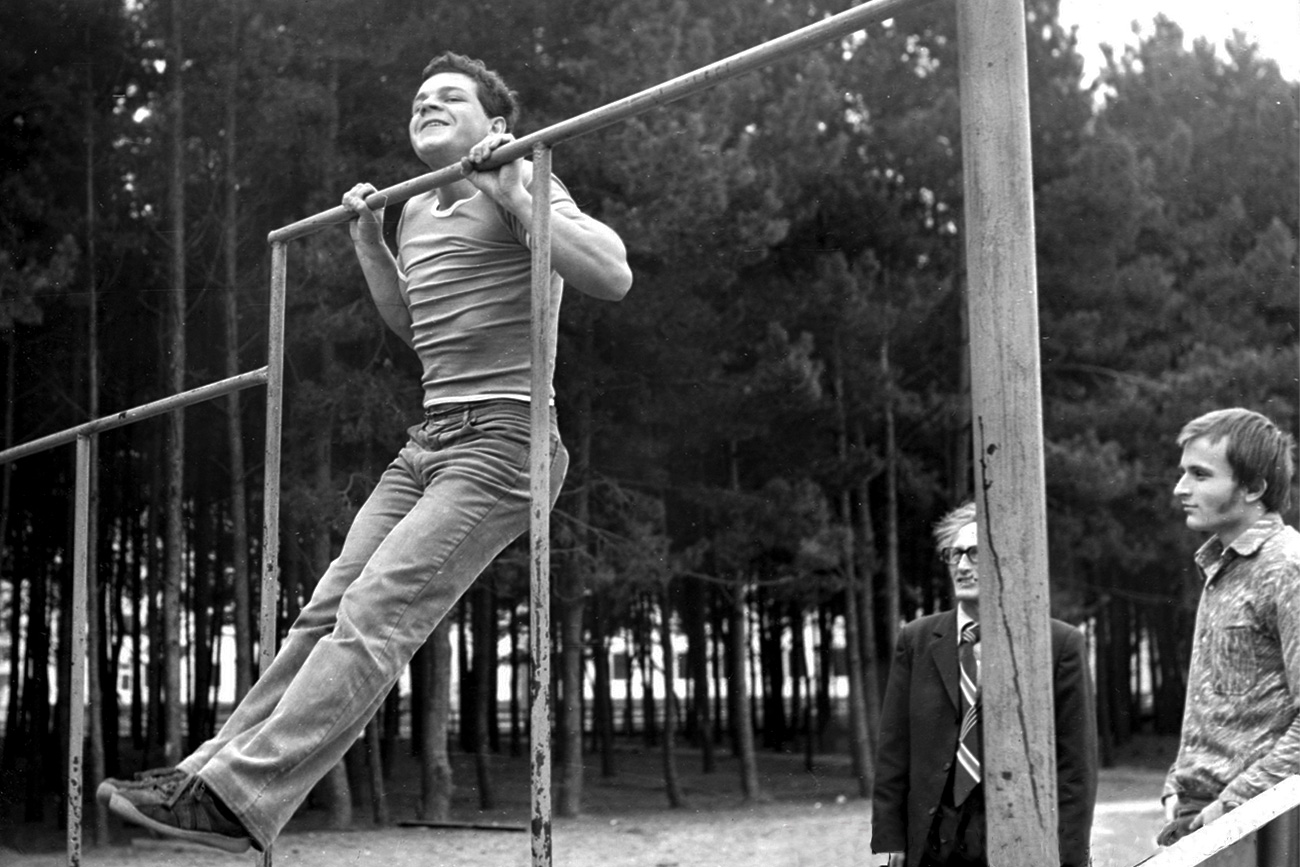
It was also a very young town in terms of its people, with an average age of just 26
Slavutich local history museum / pripyat-city.ru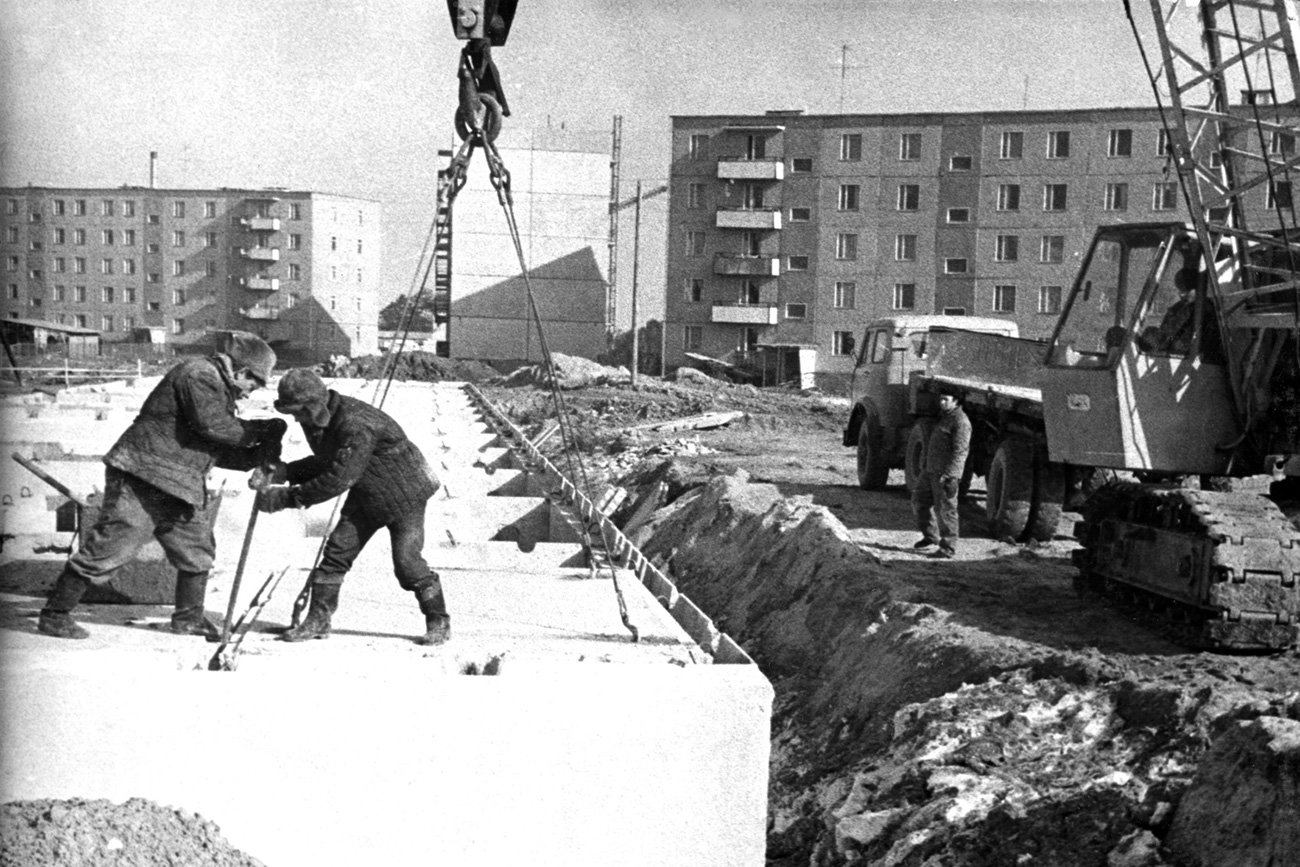
Located in 90 kilometers from Kiev, Pripyat was a very young town. It was founded in 1970 for workers of the Chernobyl nuclear power plant, sited just two kilometers away. Pripyat is one of around two dozen “atomic towns” that existed in the Soviet Union.
Slavutich local history museum / pripyat-city.ru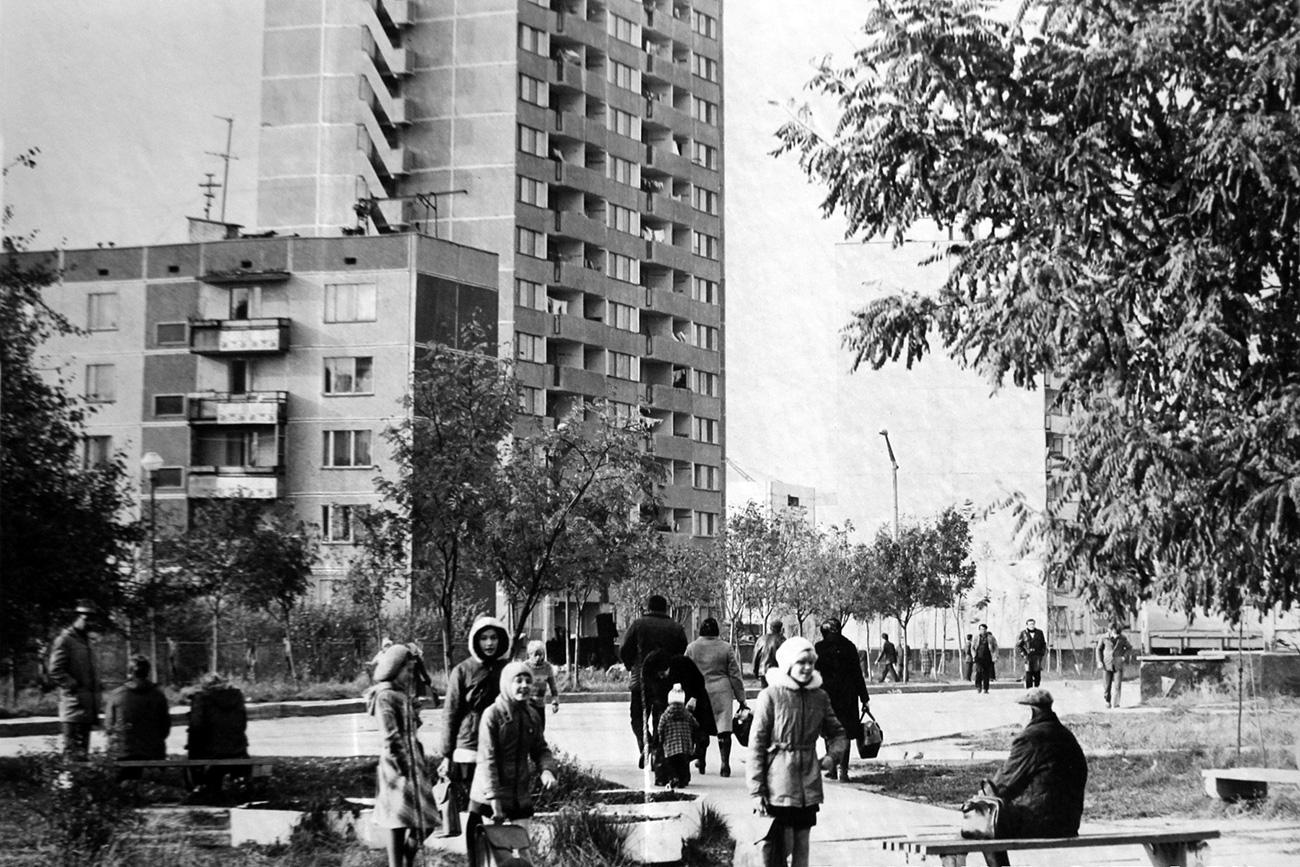
The city was built for an estimated population of 75,000. According to the last pre-Chernobyl census in 1985, Pripyat had around 48,000 inhabitants.
Vladimir Litovchenko and Maxim Voropai / pripyat-city.ru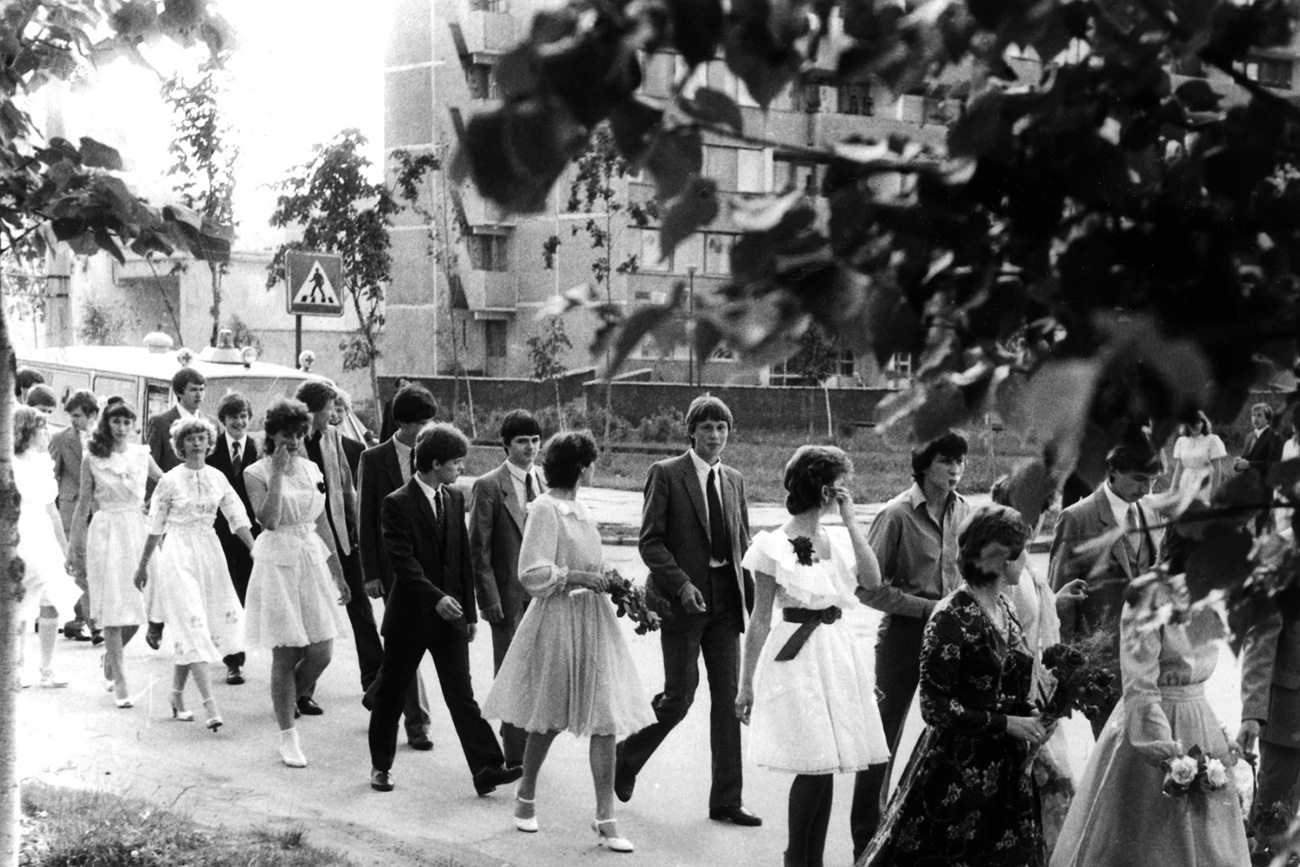
Former residents recall that weddings were commonplace. Work on a special salon for newlyweds was in progress, but the project could not be completed because of the accident and subsequent evacuation.
Slavutich local history museum / pripyat-city.ru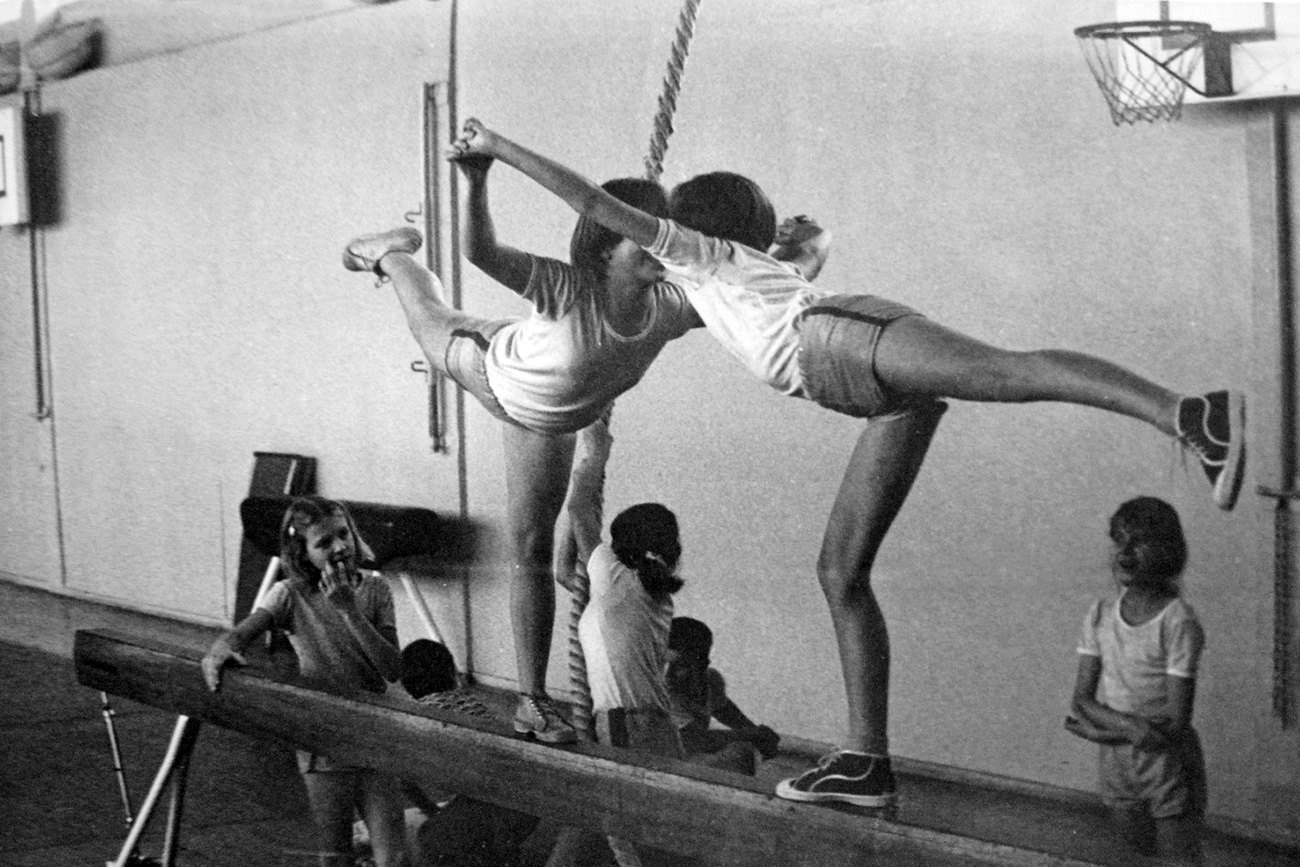
According to statistics, Pripyat’s population growth was around 15,000 people, of which about 800 were babies born in the town. The rest came from all over the USSR.
Slavutich local history museum / pripyat-city.ru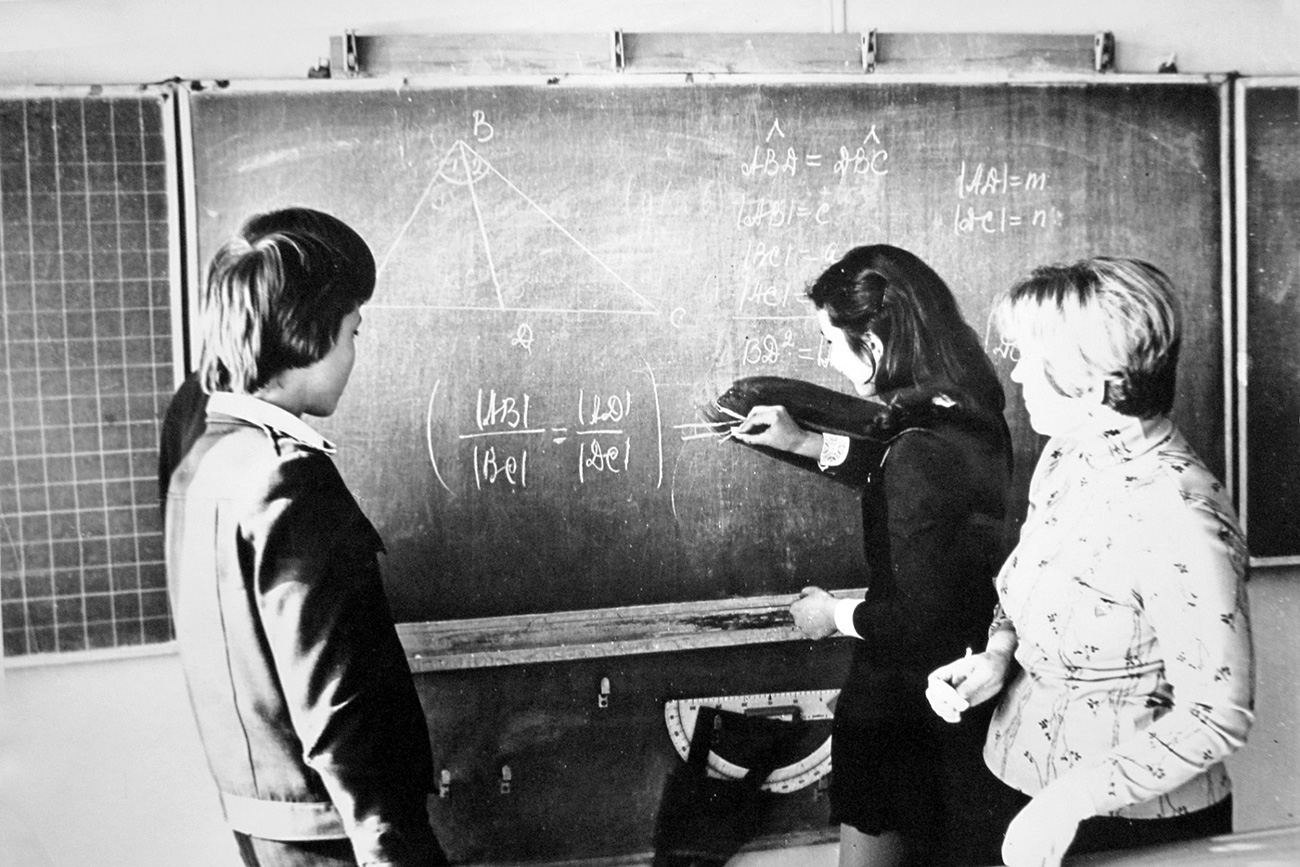
The town was home to five schools with more than 5,000 pupils between them.
Slavutich local history museum / pripyat-city.ru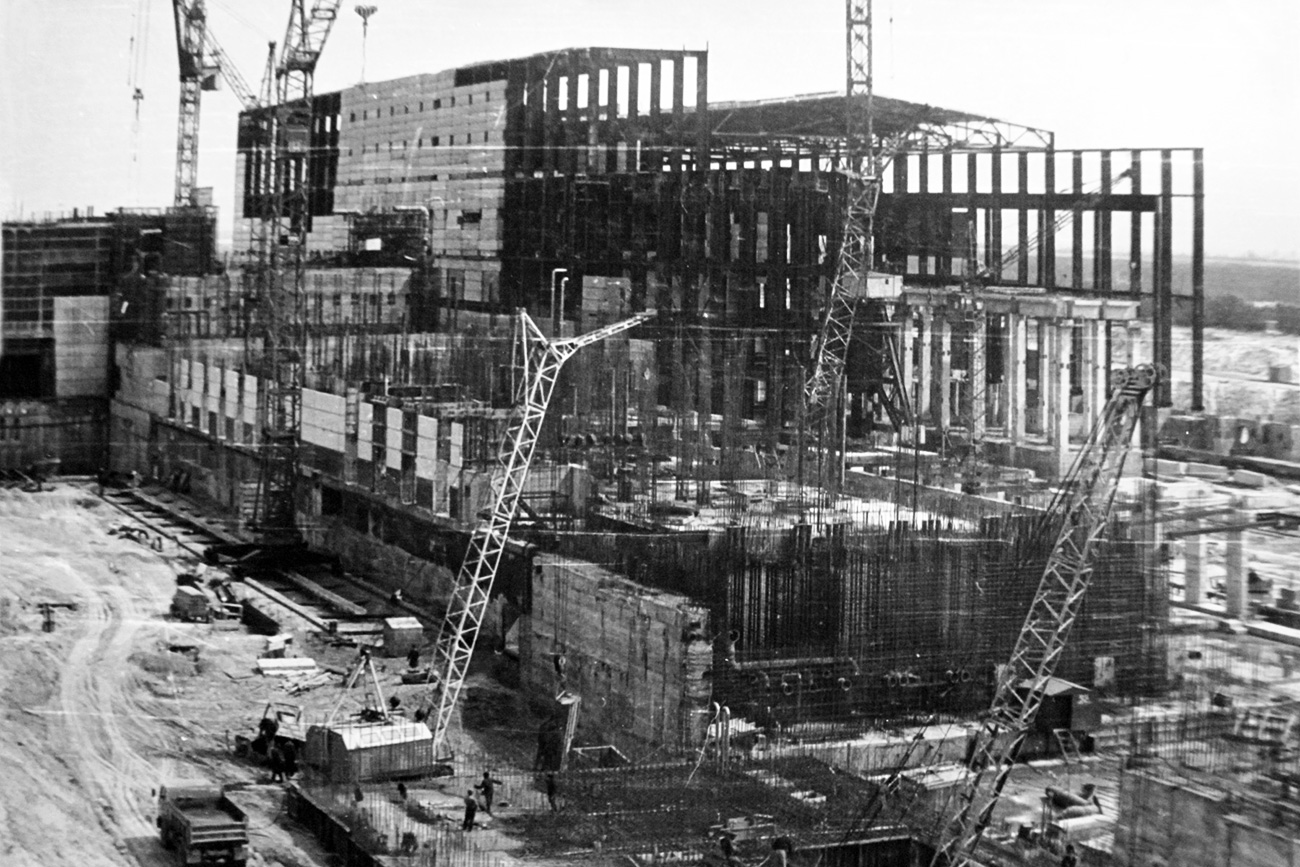
Work on the construction of the Chernobyl nuclear power plant (officially named after Vladimir Lenin) and the “atomic town” of Pripyat began in the same year—1970.
Slavutich local history museum / pripyat-city.ru
As was customary at the time, the construction of Pripyat was declared an “All-Union shock-work project”, meaning that it was built rapidly by “superproductive” brigades. Young people flocked from across the USSR to help with the project.
Slavutich local history museum / pripyat-city.ru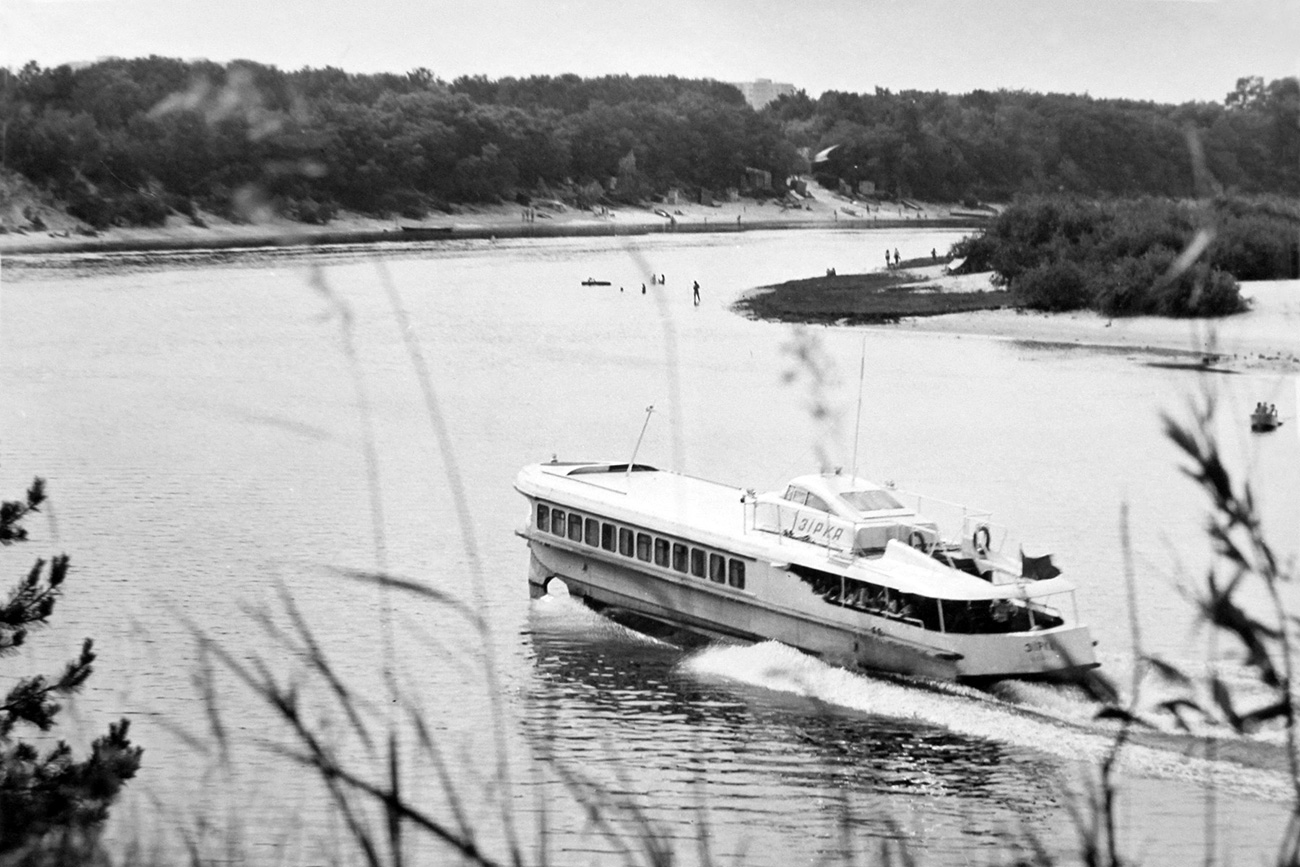
This town of nuclear scientists was founded on the banks of the eponymous river.
Slavutich local history museum / pripyat-city.ru
Life in Pripyat, not counting the day job of most townsfolk at the Chernobyl nuclear plant, differed little from that of any other urban settlement in the Soviet Union.
Vladimir Patrakov / pripyat-city.ru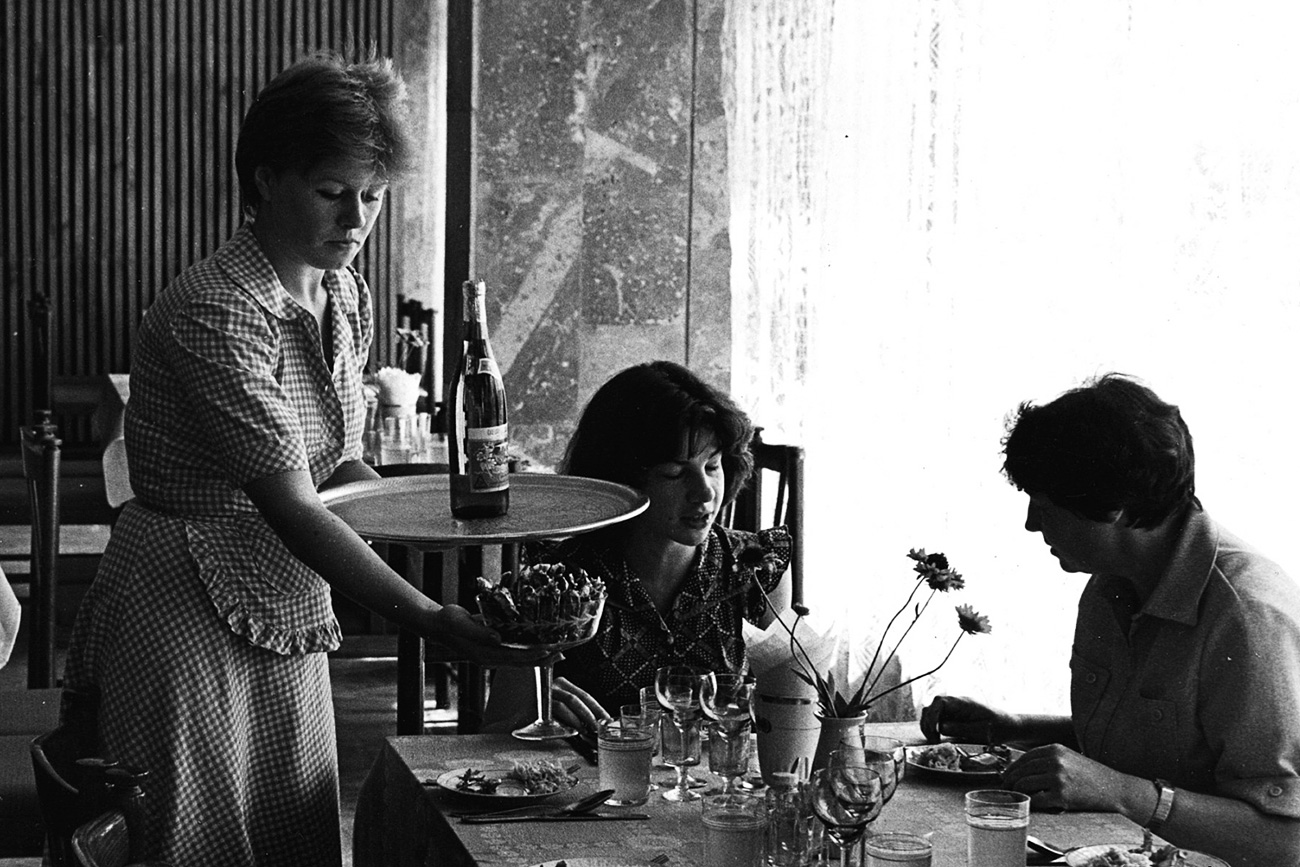
The town’s peaceful existence was cut short by an evacuation order on the afternoon of April 27. At 2 pm, buses started taking residents from their homes under police protection. A temporary evacuation was announced at first, but the people never returned to their abandoned houses.
Irina Yakusheva / pripyat-city.ru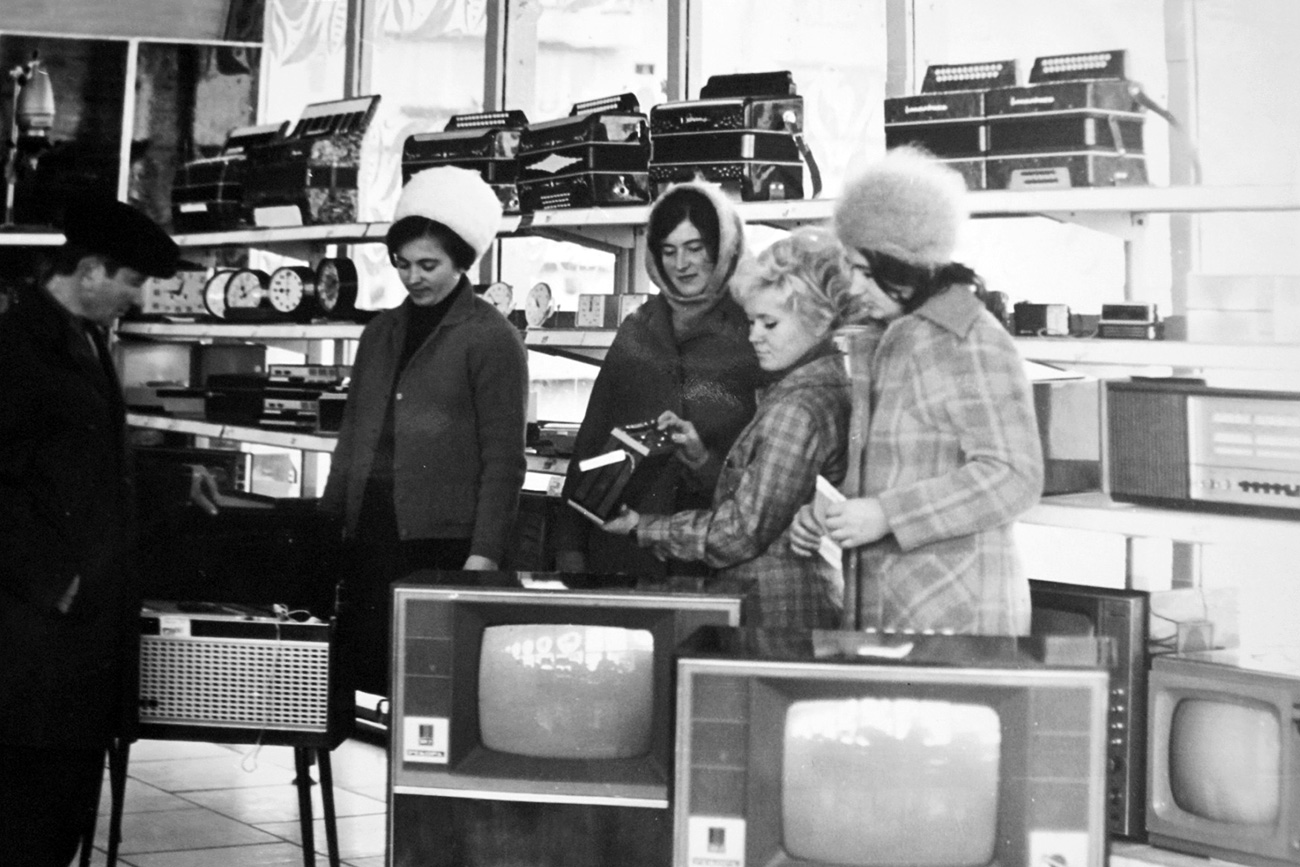
Although Pripyat was a small city, it had all the necessary requirements for Soviet standards.
Slavutich local history museum / pripyat-city.ru
The city was well stocked with food.
V.U. Polevaya / pripyat-city.ru
The explosion at the 4th reactor unit of the Chernobyl nuclear power plant occurred on the night of April 26, 1986. Two people were killed as an immediate result. But dozens of nuclear power engineers died later from radiation sickness.
Sergey Yakunin / pripyat-city.ru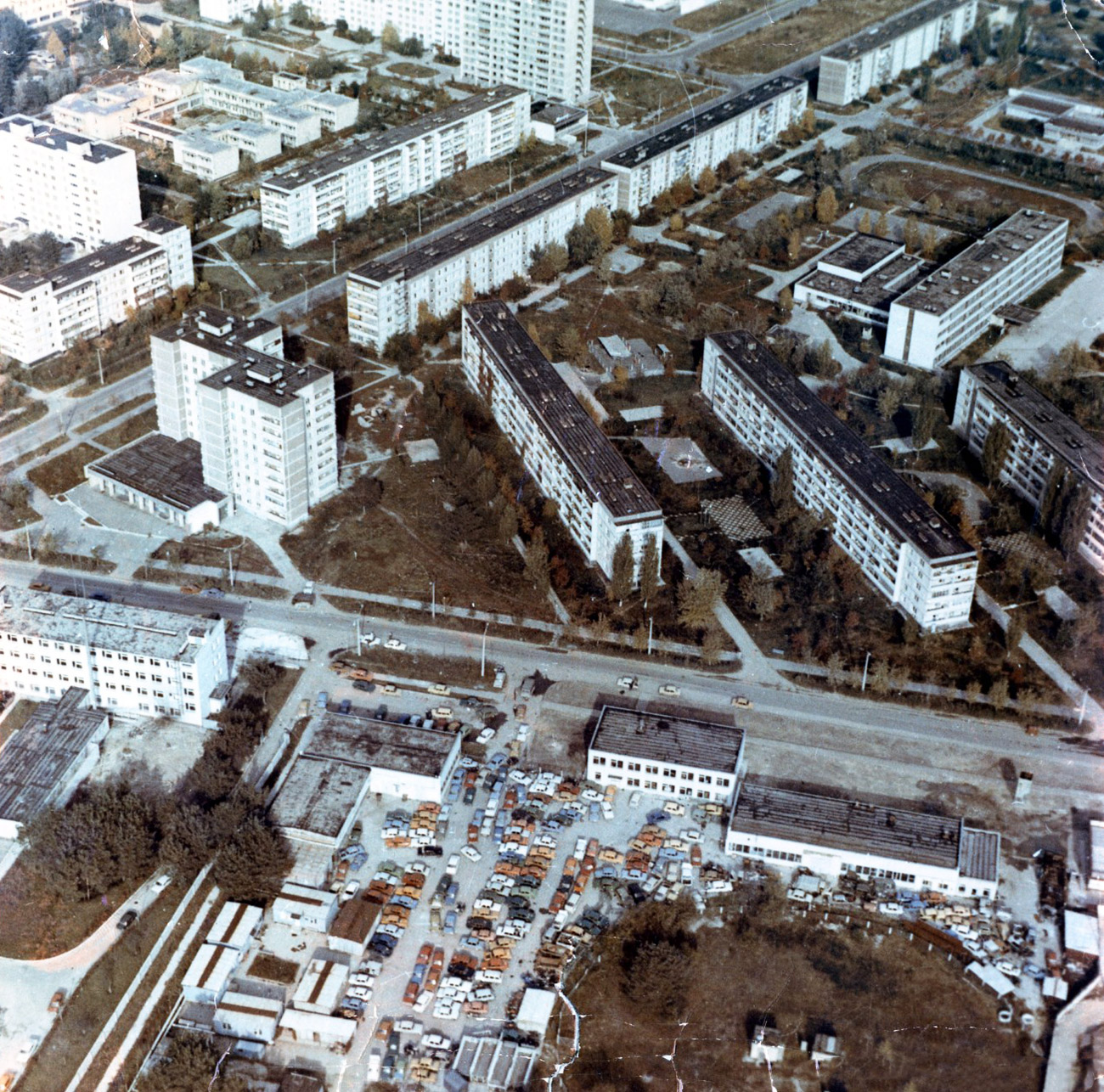
After residents were evacuated from Pripyat and other nearby settlements, a 30-kilometer exclusion zone was set up around the nuclear facility.
Sergey Yakunin / pripyat-city.ru
The reactor unit destroyed by the blast was enclosed with a special concrete sarcophagus. The other three units were deactivated and decontaminated, involving the removal of radioactive material.
Sergey Yakunin / pripyat-city.ruSubscribe
to our newsletter!
Get the week's best stories straight to your inbox